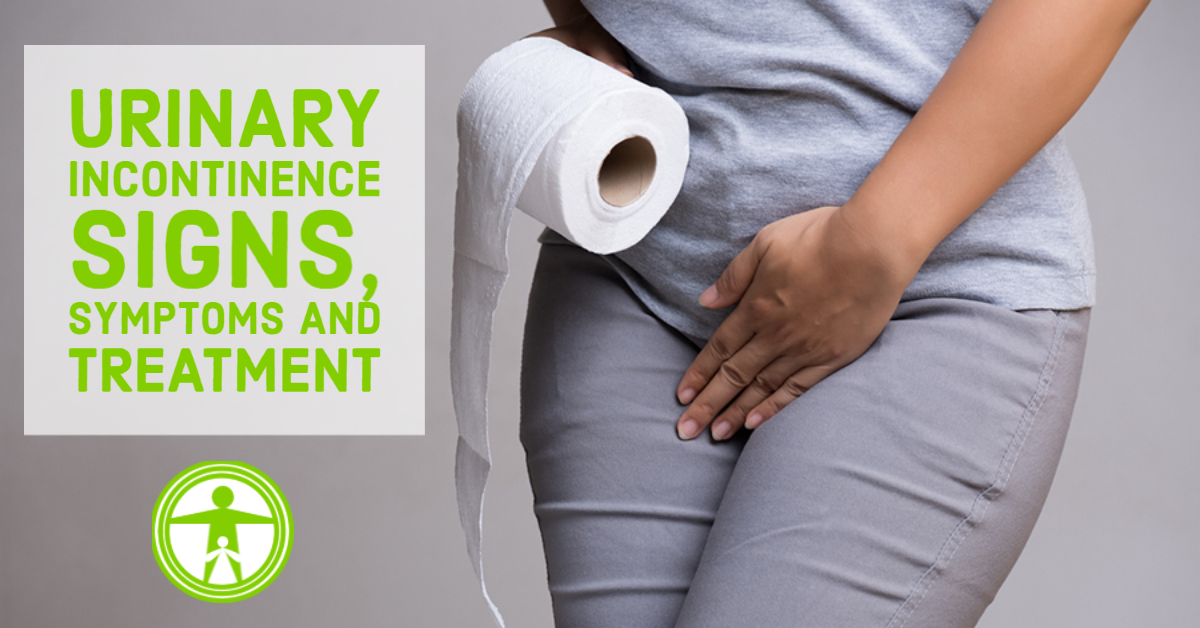What is Urinary Incontinence?
Urinary incontinence is the loss of bladder control. In short, it's when someone dribbles or leaks urine unintentionally.
Why does this happen?
There are many reasons, but let's go over a few basic urinary concepts.
- The body stores approximately 2 cups of urine in the bladder.
- During urination, muscles in the bladder tighten to move urine into a tube called the urethra.
- At the same time, the muscles around the urethra relax and let the urine pass out of the body.
That's how it's supposed to work.
But when the muscles in and around the bladder don’t work the way they should, urine can leak.
So urinary incontinence typically occurs if the muscles relax without warning.
While urinary incontinence can happen to anyone, at any age, it's far more likely to happen in an elderly female.
The severity of incontinence can range from occasionally leaking urine while coughing or sneezing, to having an urge to urinate that's so sudden and strong people cannot get to a toilet in time.
For most people, simple lifestyle changes can ease discomfort or stop urinary incontinence all together.
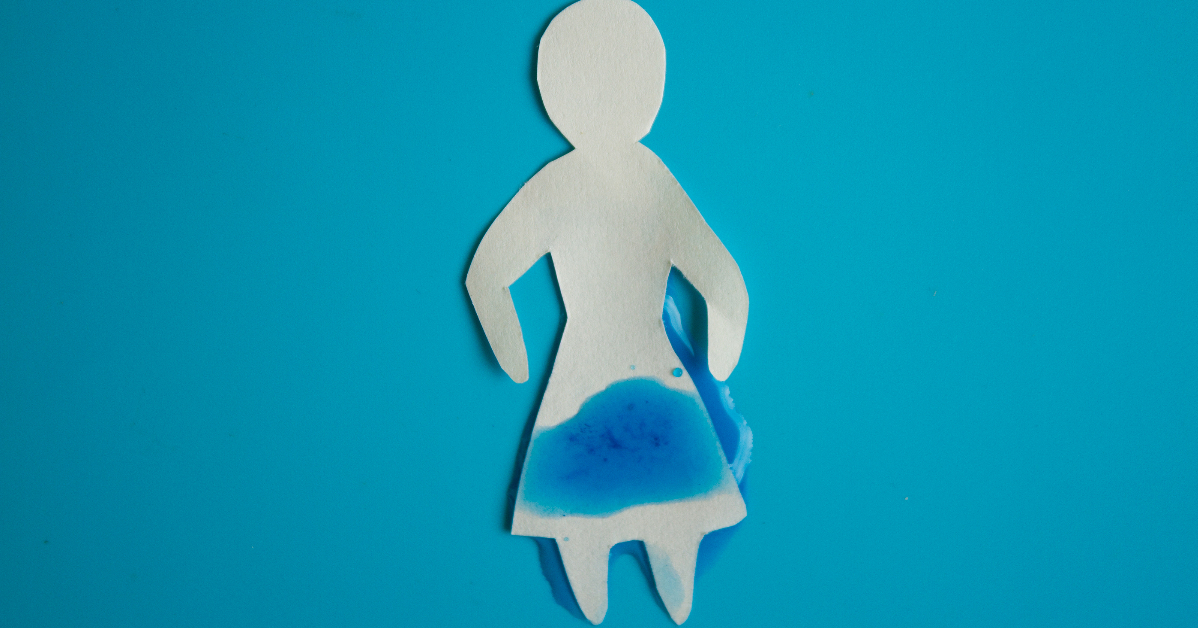
Symptoms of Urinary Incontinence
The symptoms of urinary incontinence will often tell you the type of urinary incontinence you have.
Types of urinary incontinence include:
- Stress incontinence. Urine leaks when you exert pressure on your bladder by coughing, sneezing, laughing, exercising or lifting something heavy.
- Urge incontinence. You have a sudden, intense urge to urinate followed by an involuntary loss of urine. You may need to urinate often, including throughout the night. Urge incontinence may be caused by a minor condition, such as infection, or a more-severe condition such as a neurologic disorder or diabetes.
- Overflow incontinence. You experience frequent or constant dribbling of urine due to a bladder that doesn't empty completely.
- Functional incontinence. A physical or mental impairment keeps you from making it to the toilet in time. For example, if you have severe arthritis, you may not be able to unbutton your pants quickly enough.
- Mixed incontinence. You experience more than one type of urinary incontinence.
With stress incontinence, the pelvis or sphincter muscles (or both) aren't strong enough to hold the urine by closing the bladder and urethra.
With urge incontinence or and overactive bladder, the bladder muscles contract too much, pushing urine out even when you are not ready to release it.
Mixed incontinence is usually a combination of both stress and urge incontinence.
Above all… if your incontinence is frequent or beginning to affect your quality of life, you should seek the guidance of a urologist to rule out any serious disease or pathology.
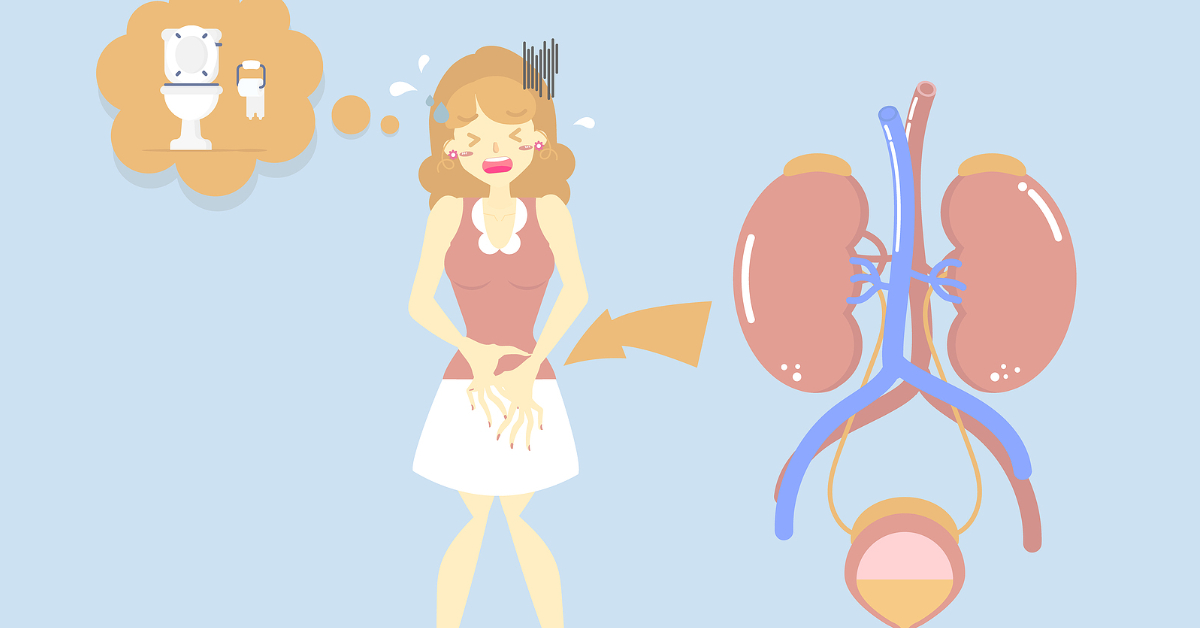
Causes of Urinary Incontinence
First, understand that urinary incontinence isn't a disease, but a symptom.
It can be caused by everyday habits such as wearing high heels and not exercising enough to more serious underlying medical conditions such as multiple sclerosis, diabetes or Parkinson's disease.
Just as the symptoms of incontinence can indicate the type, they can also indicate the cause.
Causes of Temporary Urinary Incontinence
- Alcohol
- Caffeine
- Carbonated drinks and sparkling water
- Artificial sweeteners
- Chocolate
- Chili peppers
- Foods that are high in spice, sugar or acid, especially citrus fruits
- Heart and blood pressure medications, sedatives, and muscle relaxants
- Large doses of vitamin C
- Urinary Tract Infections
- Constipation
Causes of Persistent Urinary Incontinence
- Pregnancy
- Childbirth
- Changes with age
- Menopause
- Hysterectomy
- Enlarged prostate
- Prostate cancer
- Obstruction
- Neurological disorders
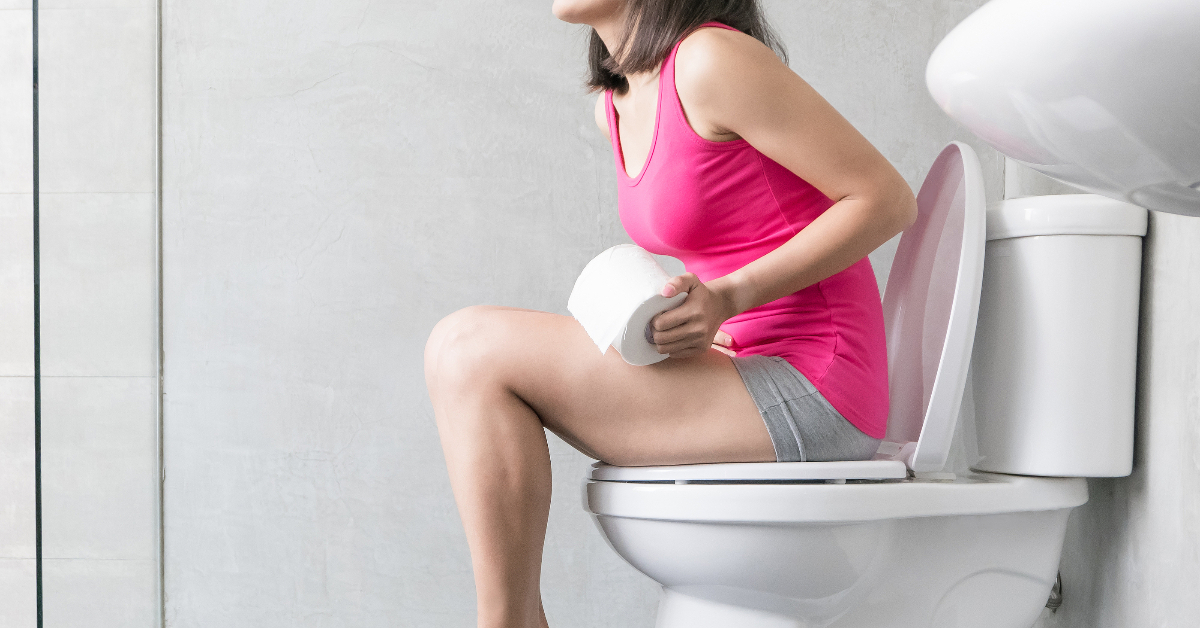
Urinary Incontinence Treatment
The choice of treatment depends on the type of bladder control problem you have, how serious it is, and what best fits your lifestyle.
As a general rule, the simplest and safest treatments should be tried first.
Bladder Control Training Treatment may help you get better control of your bladder.
Here are some examples:
- Pelvic muscle exercises (also known as Kegel exercises) work the muscles that you use to stop urinating. Making these muscles stronger helps you hold urine in your bladder longer. Learn more about pelvic floor exercises and how to do them.
- Biofeedback uses sensors to make you aware of signals from your body. This may help you regain control over the muscles in your bladder and urethra. Biofeedback can be helpful when learning pelvic muscle exercises. I would recommend the Elvie Pelvic Floor Trainer.
- Timed voiding may help you control your bladder. In timed voiding, you urinate on a set schedule, for example, every hour. You can slowly extend the time between bathroom trips. When timed voiding is combined with biofeedback and pelvic muscle exercises, you may find it easier to control urge and overflow incontinence.
- Lifestyle changes may help with incontinence. Losing weight, quitting smoking, saying “no” to alcohol, drinking less caffeine (found in coffee, tea, and many sodas), preventing constipation and avoiding lifting heavy objects may help with incontinence. Choosing water instead of other drinks and limiting drinks before bedtime may also help.
Medical Treatments are more invasive and can carry a higher risk.
When lifestyle changes do not help enough, your health care provider may ask you to try prescription medications. A frank talk with your provider about the risks, side effects and benefits of each medication will help you decide which might be the right one for you.
- Anticholinergic Drugs. Anticholinergic drugs help the bladder muscle to relax. Common medications include oxybutynin, tolterodine and solifenacin. They work well for the bladder, but are also linked to many bothersome side effects such as dry mouth, constipation, blurred vision, and lately, some concern for causing confusion or dementia with longer-term use.
- Merbegron. This medication is not an anticholinergic medication, so it is not linked to any of the side effects described above. It is an alpha-agonist, so works a little differently on the bladder, but in the end has the same effect of getting the bladder to relax. It can cause increases in blood pressure so needs to be used with caution in patients with hypertension.
- Hormone Treatment. For women, local vaginal/urethral estrogen therapy can help if you are having urinary incontinence after menopause. Estrogen replacement helps the health of the walls of the vagina, the bladder neck and the urethra. This may ease irritated bladder symptoms and incontinence.
- Surgical Treatments. Choosing to have surgery is very personal. If surgery is suggested, there are many choices. It helps to learn as much as you can before you decide.
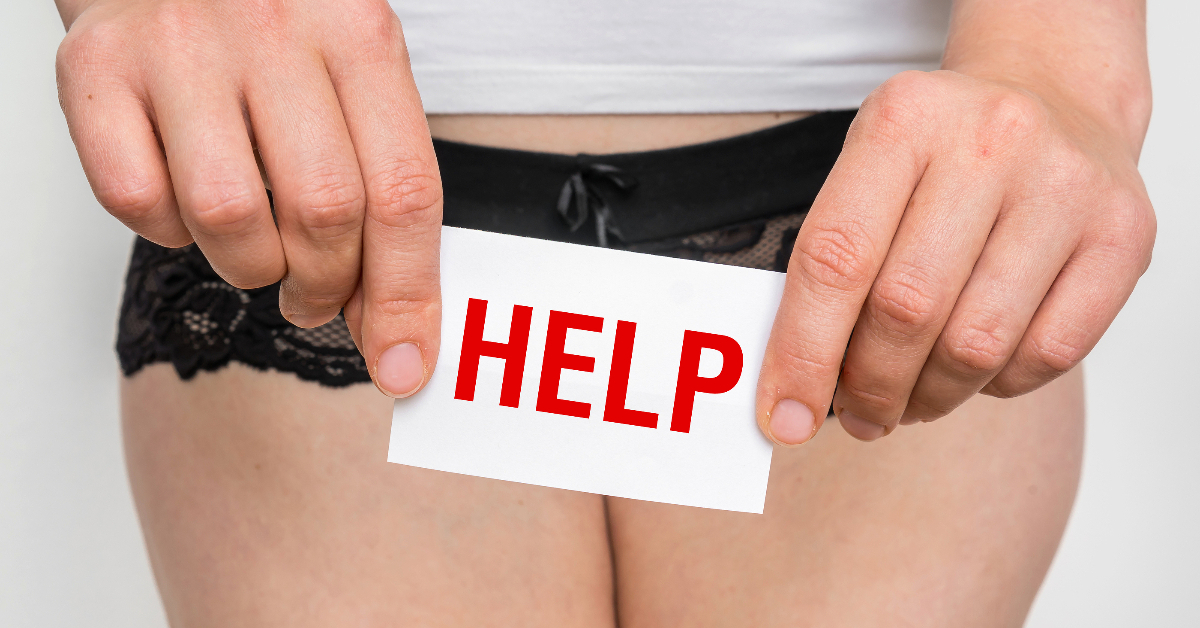
Chiropractic Care for Urinary Incontinence
Since chiropractic is all about optimal body function, a chiropractor is a great person to see when something in your body isn’t working properly.
In this case, weakened muscles around your bladder, pelvis, and urinary sphincter are not properly engaged at the right times and are not working the way they should.
Most people suffering from urinary incontinence have subluxations in their lumbar or sacral spine, which affect the way their bodies retain and eliminate waste.
At Family Health Chiropractic, we can gently adjust your spine, restoring spinal alignment and optimal function of bodily processes, positively influencing your ability to control your bladder and urinary incontinence.

